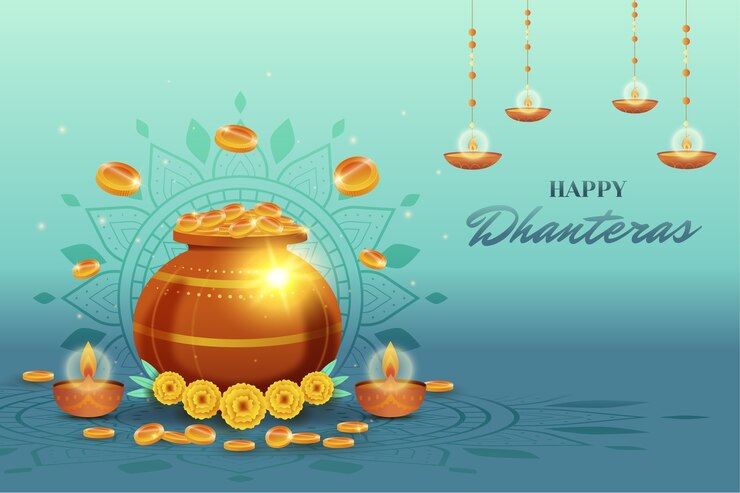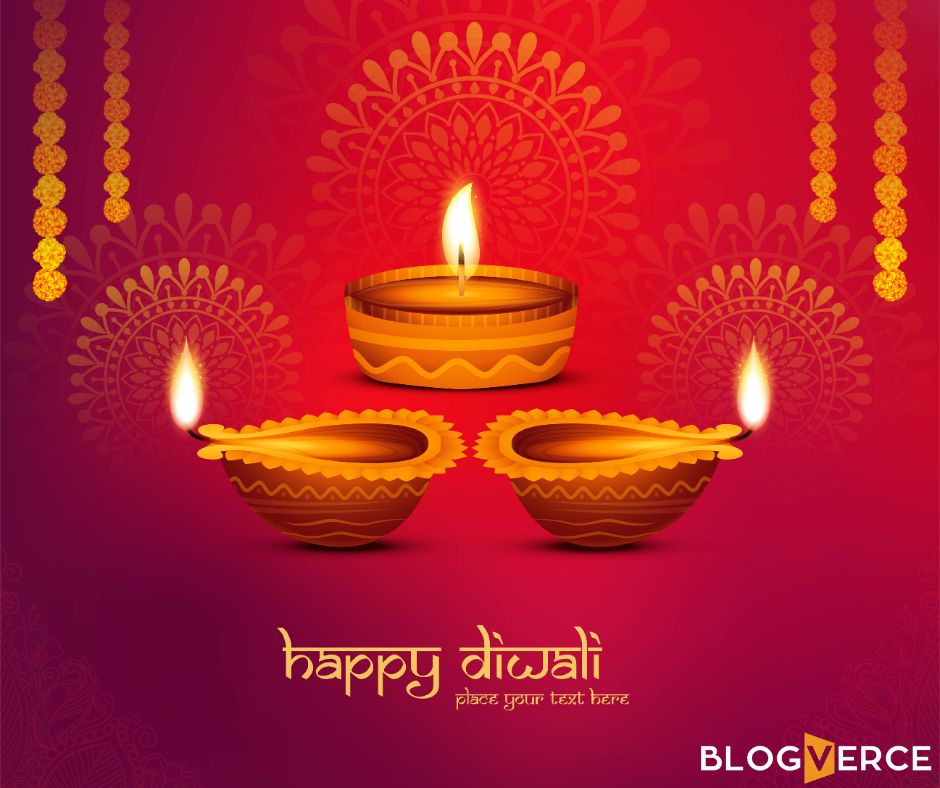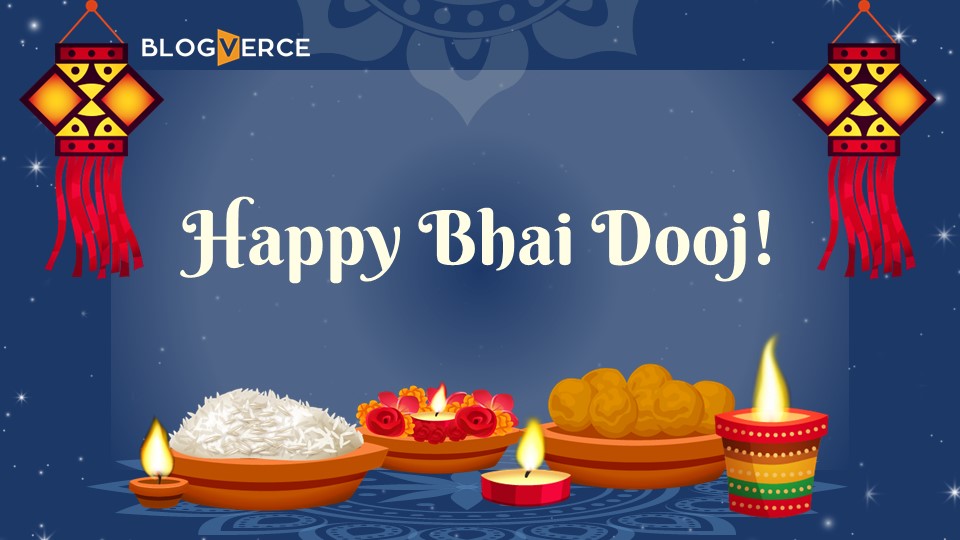
Introduction
Diwali, also known as Deepavali, is one of the most widely celebrated festivals in India. It’s a festival that signifies the triumph of light over darkness and good over evil. In this article, we will explore the date for Diwali 2023, delve into the concept of the ‘muhurat’ table, and understand the significance of all five days of Diwali.
Diwali 2023 Date
Diwali falls on different dates each year as it follows the Hindu lunar calendar. In 2023, Diwali is set to be celebrated on November 15th. The date may vary in different regions of India, but it’s usually observed during the months of October or November.
Significance of Diwali
Diwali holds immense significance in Hinduism and other cultures in India. It symbolizes the victory of light over darkness, knowledge over ignorance, and the triumph of good over evil. Homes are lit with oil lamps and colorful decorations to ward off darkness and invite prosperity.
Murhat Table in Diwali
Laxmi Puja Muhurat
Day 1: Dhanteras

Lakshmi Puja, a significant Hindu ritual, celebrates the goddess Lakshmi, the symbol of wealth, prosperity, and good fortune. During Diwali, Hindus perform this puja to invoke her blessings. The history of Lakshmi Puja can be traced back to ancient texts like the Vishnu Purana. It signifies the welcome of wealth into one’s home and life. Devotees light lamps, offer prayers, and decorate their homes to honor the goddess. Lakshmi Puja is not just a religious observance; it’s a cultural tradition that highlights the importance of wealth, both material and spiritual, in people’s lives.
History: Lakshmi, the consort of Lord Vishnu, plays a pivotal role in Hindu mythology. The history of Lakshmi Puja can be traced back to the Vedic era, where she was revered as the goddess of fertility, wealth, and beauty. However, her association with Diwali and the grandeur of her worship gained prominence during the Puranic period.
The legend of the churning of the ocean, ‘Samudra Manthan,’ portrays Goddess Lakshmi emerging from the cosmic ocean, symbolizing the wealth that sustains the universe. This event solidified her connection to it.
Day 2: Choti Diwali (Narak Chaturdashi)

Choti Diwali, also known as Narak Chaturdashi, is a significant Hindu festival that falls on the second day of the Diwali celebrations. This day holds historical and mythological importance. It commemorates the victory of Lord Krishna over the demon Narakasura, symbolizing the triumph of good over evil.
The history of Narak Chaturdashi can be traced back to the ancient texts, particularly the “Bhagavata Purana.” According to legend, Narakasura was a powerful demon who had captured thousands of women and treasures. In his tyranny, he had caused immense suffering. Lord Krishna, recognizing the need to free the world from Narakasura’s cruelty, waged a battle against him.
During this fierce battle, Lord Krishna defeated Narakasura and freed the imprisoned women, restoring peace and harmony. To celebrate this victory and the liberation of the people, Narak Chaturdashi is observed with great zeal. People take ritual oil baths on this day to symbolize the cleansing of their spirits and offer prayers for the well-being of their families.
Narak Chaturdashi emphasizes the triumph of righteousness and the belief that good will always prevail over evil. It is a day for spiritual reflection, cleansing, and spreading the message of hope and positivity, which is a fundamental aspect of the Diwali festival.
Day 3: Diwali (Deepavali)

Diwali, also known as Deepavali, is one of the most significant and widely celebrated festivals in India. Rooted in Hinduism, it holds cultural and spiritual importance that transcends religious boundaries. The festival typically occurs in the months of October or November, signifying the victory of light over darkness and good over evil.
The history of Diwali is rich and diverse. It is celebrated to commemorate various events across different regions of India. In the North, it marks the return of Lord Rama to Ayodhya after defeating the demon king Ravana, signifying the triumph of righteousness. In the South, Diwali is celebrated in honor of Lord Krishna’s victory over the demon Narakasura. In the East, it is dedicated to Goddess Kali, symbolizing the vanquishing of evil forces.
The core theme of Diwali remains the same – the celebration of positivity, prosperity, and the removal of darkness and ignorance. Homes are adorned with colorful decorations, and earthen lamps are lit to symbolize the triumph of light. Families come together, exchange gifts, and indulge in delicious sweets and snacks.
In essence, Diwali is a festival that brings people from diverse backgrounds together to celebrate the triumph of good and the onset of joy and enlightenment in their lives.
Day 4: Govardhan Puja

Govardhan Puja, also known as Annakut, is a Hindu festival celebrated primarily in the northern states of India, especially in Uttar Pradesh, on the fourth day of Diwali. This auspicious day is dedicated to Lord Krishna and holds deep historical and mythological significance.
The history of Govardhan Puja dates back to the Bhagavad Gita and the legend of Lord Krishna lifting the Govardhan Hill. According to the scriptures, Lord Krishna saved the people of Vrindavan from the wrath of Lord Indra, the god of rain, who had unleashed a devastating storm. In response, Lord Krishna lifted the massive Govardhan Hill on his little finger to provide shelter to the villagers from the torrential rain.
Govardhan Puja symbolizes the importance of nature and environmental conservation. On this day, devotees create ‘Govardhan’ or mountain-like structures made of various food items, such as rice, fruits, and sweets, to commemorate Lord Krishna’s miraculous feat.
The festival is a reminder of the bond between humans and nature and emphasizes the need to protect the environment. It is a time when people express gratitude for the Earth’s abundance and pledge to be responsible stewards of the environment.
In essence, Govardhan Puja celebrates the victory of devotion, righteousness, and the interconnectedness of all living beings with the environment, making it an integral part of the rich tapestry of Indian culture and tradition.
Day 5: Bhai Dooj

Bhai Dooj, also known as Bhai Phota in Bengal, Bhai Teeka in Nepal, and Bhai Beej in some parts of India, is a Hindu festival that celebrates the special bond between brothers and sisters. It falls on the fifth day of Diwali, usually two days after Diwali’s main celebrations.
The history of Bhai Dooj is rooted in Hindu mythology. Legend has it that Lord Yama, the God of Death, visited his sister, Yamuna, on this day. Yamuna welcomed her brother with love and prepared a special feast for him. Touched by her hospitality, Lord Yama granted her a wish – that anyone who visits their sister on this day and receives her blessings will be freed from the fear of death.
This mythological story underscores the significance of Bhai Dooj as a day for sisters to pray for their brothers’ well-being and for brothers to protect and care for their sisters. The rituals typically involve sisters applying a ’tilak’ on their brothers’ foreheads, performing ‘aarti,’ and exchanging gifts. In return, brothers offer gifts and promise to protect and support their sisters.
Bhai Dooj is a beautiful celebration of the strong and enduring bond between siblings, emphasizing love, protection, and the importance of family in Hindu culture. It is a day when families come together to express their affection and strengthen the sibling relationship.
Diwali Celebrations
Diwali celebrations vary from region to region in India. In some places, it is celebrated as the triumph of Lord Krishna over Narakasura, while in others, it is celebrated as the return of Lord Rama to Ayodhya. Regardless of the regional variation, the core message remains the same – the victory of good over evil.
The Tradition of Lighting Lamps
One of the most symbolic traditions of Diwali is the lighting of lamps and candles. It is believed that the light signifies the removal of darkness from our lives and the ushering in of prosperity and wisdom.
Diwali Sweets and Snacks
Diwali is also a time for indulging in delicious sweets and snacks. Families prepare a variety of special treats like ‘ladoo,’ ‘jalebi,’ and ‘gujiya’ to share with friends and family.
Diwali Decorations and Rangoli
Homes are adorned with colorful rangoli designs and decorations. Rangoli is a beautiful art form made with colored powders, rice, or flower petals, creating intricate patterns at the entrance of homes.
Diwali Significance in Different Regions
In different parts of India, Diwali holds unique significance. In the north, it marks Lord Rama’s return; in the south, it celebrates Lord Krishna’s victory. In the east, it’s dedicated to Goddess Kali. The diversity of customs adds to the richness of the festival.
Conclusion
Diwali is a festival that unites people in the celebration of light and the triumph of good. It is a time for family, food, and festivity. The 2023 Diwali date is just around the corner, and people across India are eagerly waiting to light up their homes and hearts.
FAQs
- What is the significance of lighting lamps during Diwali?
The lighting of lamps symbolizes the victory of light over darkness and the removal of ignorance from our lives.
- What is the ‘muhurat’ table in Diwali?
The ‘muhurat’ table indicates the most auspicious times to perform Diwali rituals, helping families plan their celebrations.
- Why does the date of Diwali change every year?
Diwali follows the Hindu lunar calendar, leading to variations in its date from year to year.
- What are some popular Diwali sweets?
Popular Diwali sweets include ‘ladoo,’ ‘jalebi,’ and ‘gujiya,’ among others.
- How is Diwali celebrated differently in different parts of India?
Diwali is celebrated with regional variations, such as marking the return of Lord Rama in the north and the victory of Lord Krishna in the south.
Important Notice
We have taken all this information from internal and external sources. We do not guarantee that all information is correct. There is a possibility that some information is wrong. We will not be responsible for any wrong information.
- External Link
- Internal Link


